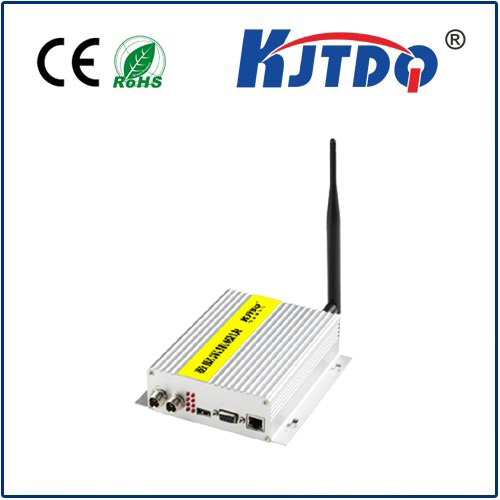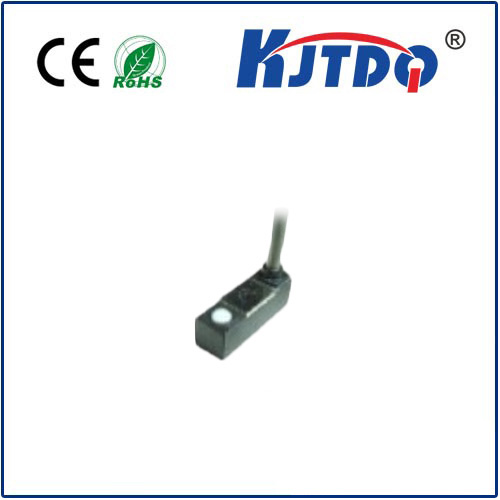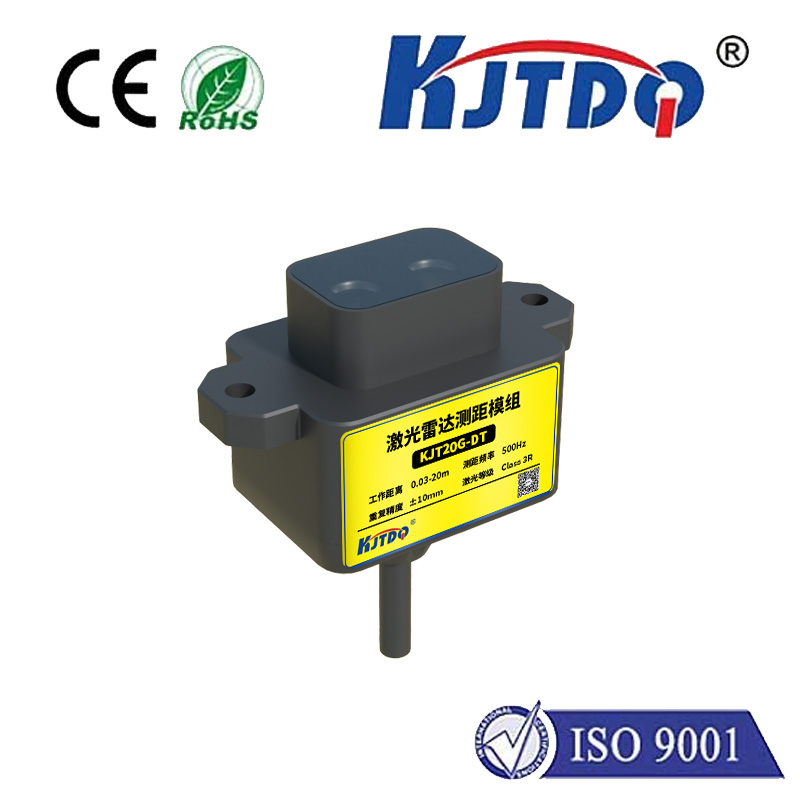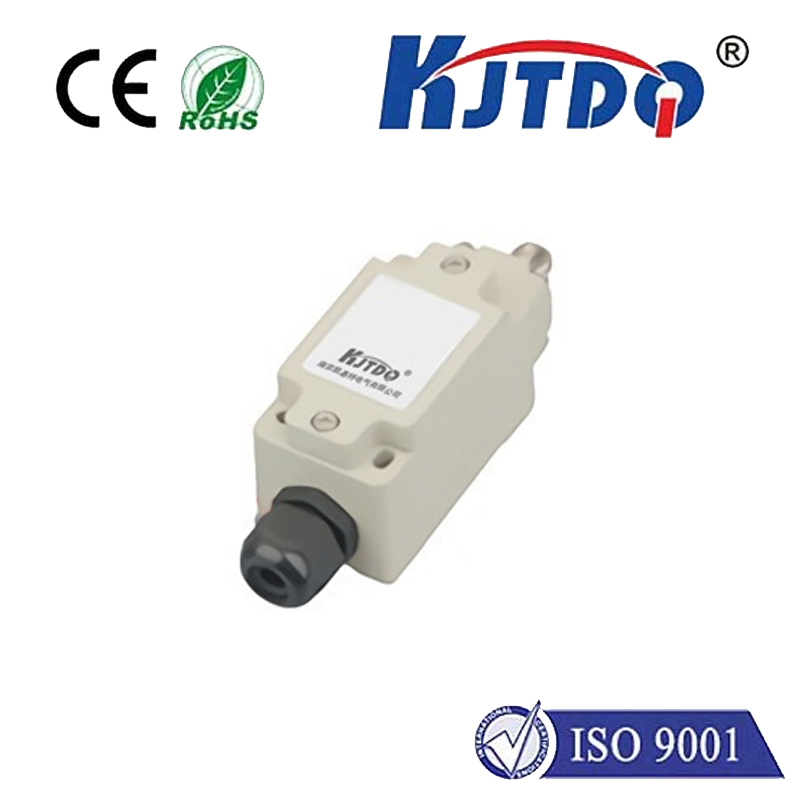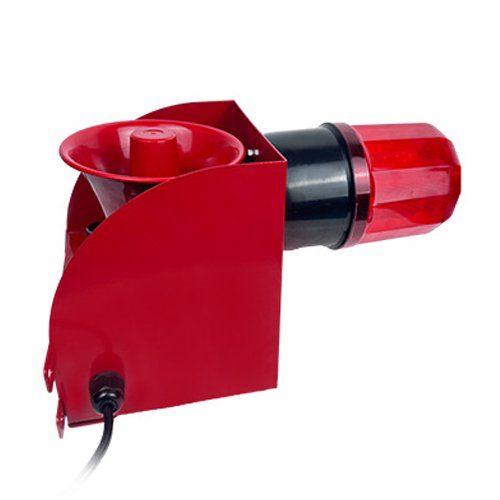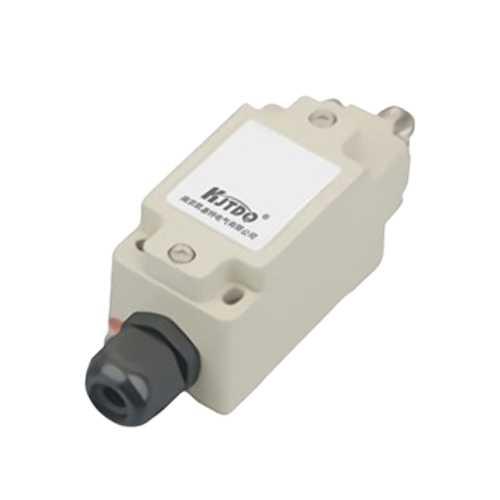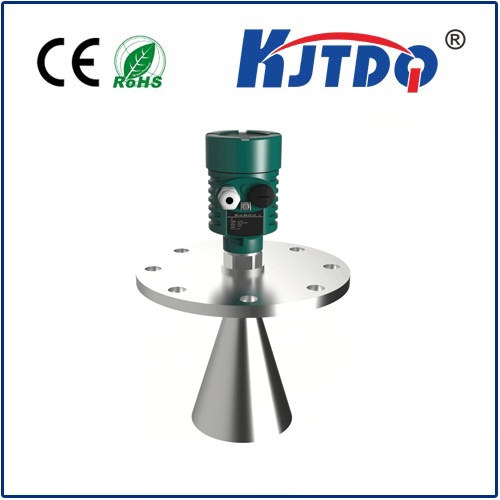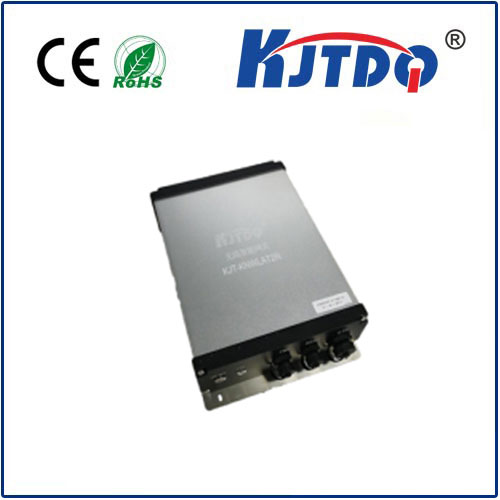Датчик приближения для домашней безопасности
- time:2025-06-23 16:40:28
- Нажмите:0
Your First Line of Defense: How Proximity Sensors Boost Home Security
Imagine this: it’s late, the house is quiet. Suddenly, your phone buzzes silently – an alert that something is moving near your back patio. Before anyone even touches a door handle, you’re aware, potentially preventing a break-in. This isn’t science fiction; it’s the power of proximity sensors intelligently woven into your home security system. Often overlooked heroes in the security toolkit, these devices offer a critical, often preventative, layer of protection by detecting nearby movement before an intrusion occurs.
Understanding the Proximity Sensor: Your Silent Watchdog
At their core, proximity sensors are electronic devices designed to detect the presence (or absence) of an object or person within a specific range without needing physical contact. They work by emitting a field or signal – electromagnetic, infrared, ultrasonic, microwave – and monitoring changes within that field. When an object enters this detection zone, it disrupts the signal, triggering the sensor to send an alert.
Several common types are used effectively in home security:

- Passive Infrared (PIR): The most prevalent type in residential settings. These sensors detect changes in infrared radiation (heat) emitted by warm bodies moving across their field of view. They are excellent for detecting people and animals indoors or outdoors within a specific range and are highly cost-effective.
- Microwave: These emit microwave pulses and measure the reflection off moving objects. They cover larger areas and can penetrate non-metallic materials like thin walls or doors, but are more expensive and prone to false alarms from moving objects beyond the intended area. Often used in conjunction with PIR in “dual-technology” sensors for increased reliability.
- Ultrasonic: Similar to microwave but using sound waves. They can detect very subtle movements but are susceptible to interference from air currents or other ultrasonic sources, making them less common in modern home systems.
- Magnetic Contact Sensors: While technically detecting “proximity” when a door or window opens/closes, their role is crucial in perimeter security alongside motion-based proximity sensors.
Why Proximity Sensors Are Vital for Modern Home Security
Integrating proximity sensors offers distinct advantages that elevate your overall home security posture:
- Early Intruder Detection: This is their primary superpower. Detecting movement approaching entry points like windows, doors, garage doors, or along perimeter fencing provides crucial seconds or minutes of advanced warning before a potential breach occurs. This allows for immediate assessment and action via smartphone alerts.
- Enhanced Perimeter Defense: Layered security is paramount. While door/window contacts tell you if something is opened, motion-based proximity sensors add a vital layer outside or just inside those entry points. Think deterring someone lurking near your back door or detecting movement in the garage before they access the main house.
- Automation & Deterrence: Modern sensors integrate seamlessly with smart home ecosystems. Detection can trigger powerful automated responses:
- Switching on floodlights at strategic entry points, startling intruders and illuminating the area (a significant deterrent!)
- Activating indoor lights to simulate occupancy.
- Starting loud alarms, sirens, or even playing pre-recorded warnings.
- Sending instant push notifications to your phone and potentially a monitoring center.
- Reduced False Alarms: Compared to older, less sophisticated sensors, modern PIR and dual-technology sensors are far better at distinguishing between genuine threats (like a person approaching) and common nuisances like pets moving around indoors or small animals scurrying outdoors. Proper placement is key here.
- Pet-Friendly Options: Many modern PIR sensors offer pet-immune designs, ignoring animals below a certain weight threshold (e.g., up to 40-80 lbs), ensuring peace of mind for pet owners without sacrificing security.
Implementing Proximity Sensors Strategically in Your Home
Maximizing the effectiveness of your proximity sensors hinges on smart placement and integration:
- Identify Key Vulnerabilities: Audit your property. Prioritize locations like:
- Main Entry Points: Near front/back doors, garage entry doors, ground-floor windows.
- Perimeter: Alongside driveways, walkways, gates, fencing – especially in dark or secluded areas.
- Valuable Areas: Near garages, sheds, basements, or rooms containing valuables (inside).
- Interior Chokepoints: Hallways leading to bedrooms or main living areas for interior motion detection when the system is armed “Away”.
- Choose the Right Type:
- Outdoors: Weather-resistant PIR motion sensors or dual-tech sensors are ideal for patios, driveways, and yards. Consider models with features like pet-immunity (for larger outdoor pets) and adjustable range/sensitivity.
- Indoors: PIR sensors dominate. Choose pet-immune versions if needed. Place them to cover key entry points and interior pathways. Avoid pointing directly at heat sources (vents, fireplaces) or windows with strong sunlight, which can cause false triggers.
- Integrate, Don’t Isolate: Proximity sensors work best as part of a comprehensive security system. Ensure they integrate with your smart hub, alarm panel, cameras, and lighting systems. This allows for the powerful automated responses mentioned earlier and centralized monitoring/control via an app.
- Camera Synergy: Pairing outdoor proximity sensors with security cameras creates a powerful combo. The sensor triggers the camera to start recording and potentially follow the movement (if using PTZ), providing immediate visual verification of the alert. This reduces false alarms and provides critical evidence.
- Professional vs. DIY: Depending on your comfort level, proximity sensors can often be installed DIY (especially wireless models). However, for complex systems, whole-property coverage, or guaranteed integration, professional installation ensures optimal placement and system functionality. Proper positioning and configuration are critical for reliable performance.
Beyond Intruders: The Broader Benefits
While intruder detection is their primary home security function, proximity sensors offer additional value:
- Convenience: Trigger pathway lighting automatically as you approach your door at night. Welcome lights turning on as you pull into the driveway.
- Safety: Illuminate dark stairs or hallways when motion is detected during nighttime hours.
- Энергоэффективность: Automatically turn off lights in unoccupied rooms. Integrate with HVAC systems for room-specific presence detection.
Investing in Proactive Protection
In the constantly evolving landscape of home security, proximity sensors provide a fundamental, proactive layer of protection. They transcend mere intrusion notification by offering early detection, acting as a strong deterrent through triggered lights and alarms, and enabling smarter, automated home responses. By strategically implementing these silent watchdogs – whether simple PIR sensors at doors or advanced dual-tech sensors covering large outdoor areas – you create a significantly more robust and responsive security shield for your home and family. The few seconds of warning they provide can make all the difference, transforming your security approach from reactive to powerfully preventative.

